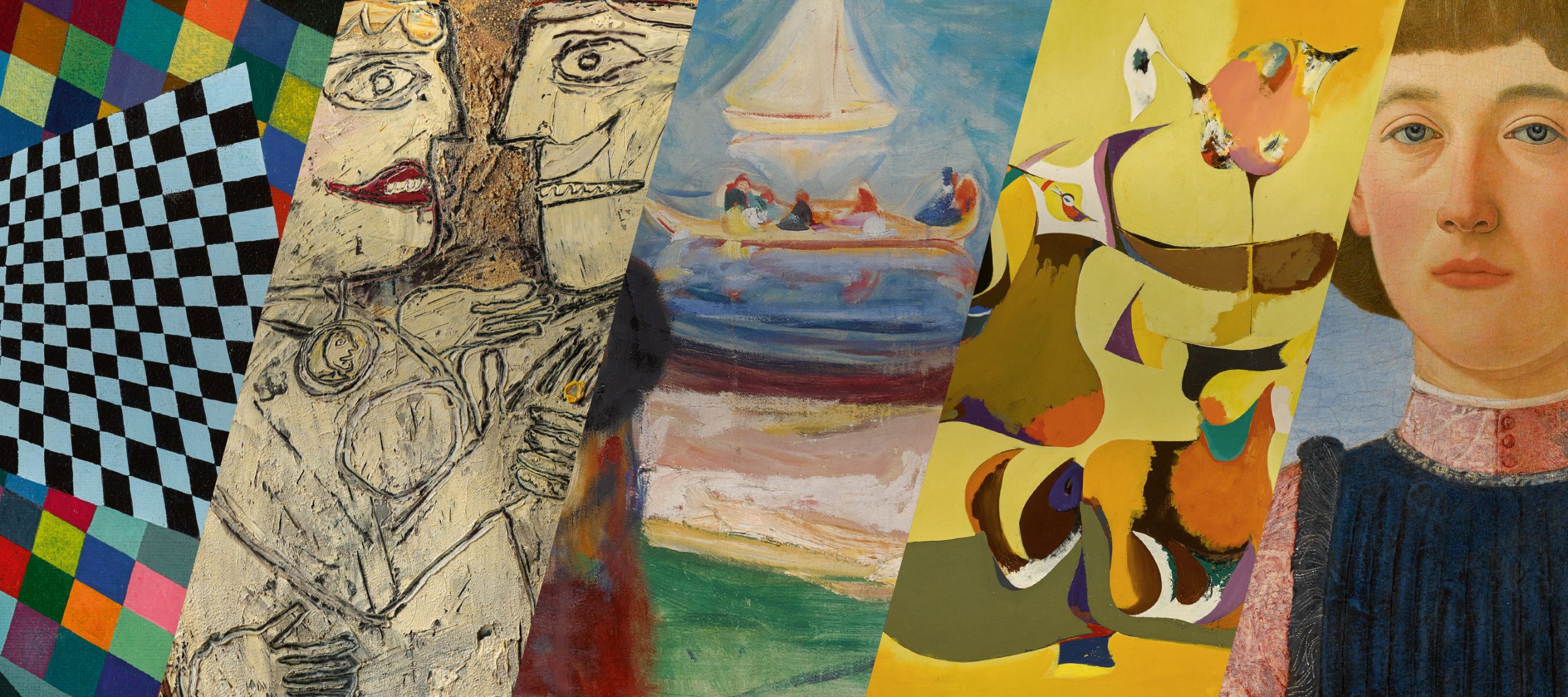Art has been a powerful medium of expression throughout human history, reflecting the cultural, social, and philosophical landscapes of different eras. Two significant periods in the history of art are Modernism and the Renaissance, each marked by distinct styles, ideologies, and approaches to creativity. In this article, we’ll delve into the similarities, the importance of the message, and the distinct differences in styles between Modern Art and Renaissance Art.
Similarities: Despite the apparent contrast in style and technique, Modern Art and Renaissance Art share some fundamental similarities. Both periods placed importance on human expression, albeit in different ways. While Renaissance artists sought to portray the human form with anatomical precision and idealized beauty, modern artists often challenged conventional representations, focusing on emotion, abstraction, and individual perspectives.
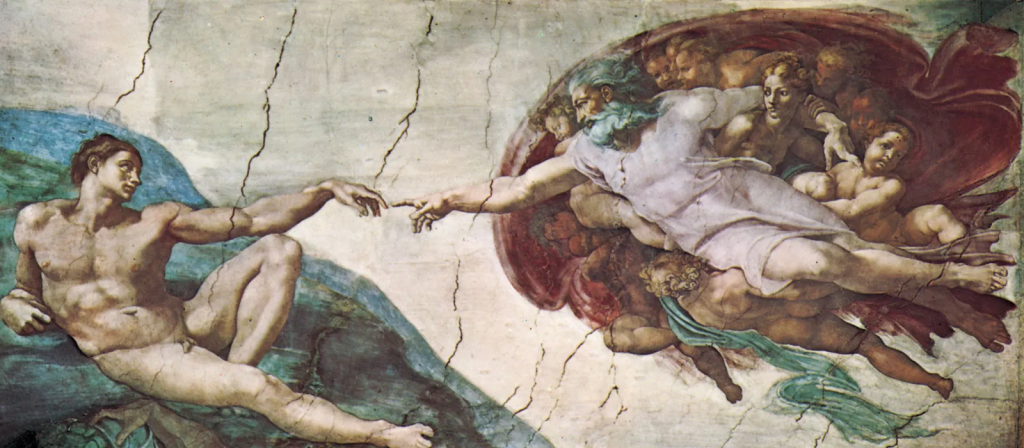
Importance of the Message: One common thread between Modern Art and Renaissance Art is the emphasis on conveying messages and ideas through artistic expression. Renaissance artists often depicted religious themes, mythological narratives, and historical events to communicate moral, spiritual, and cultural values prevalent during that time. Similarly, modern artists used their work to critique society, explore existential questions, and challenge established norms, aiming to provoke thought and evoke emotional responses from viewers.
Distinct Differences in Styles: Perhaps the most apparent difference between Modern Art and Renaissance Art lies in their styles and techniques. Renaissance art is characterized by meticulous attention to detail, realistic proportions, and balanced compositions, exemplified by the works of masters like Leonardo da Vinci, Michelangelo, and Raphael. In contrast, Modern Art encompasses a diverse range of movements and styles, from the bold colors and geometric forms of Cubism to the spontaneous brushwork of Abstract Expressionism. Modern artists embraced experimentation, innovation, and subjectivity, rejecting traditional academic conventions in favor of personal expression and individual interpretation.
While Modern Art and Renaissance Art represent distinct periods in art history, they both reflect the human experience and the evolving nature of creativity. Whether through meticulous craftsmanship or daring experimentation, artists throughout the ages have sought to capture the essence of their time, leaving behind a legacy of beauty, innovation, and cultural significance. By appreciating the similarities, understanding the importance of the message, and acknowledging the distinct differences in styles, we gain a deeper insight into the rich tapestry of artistic expression that spans centuries and continues to inspire and captivate audiences worldwide.
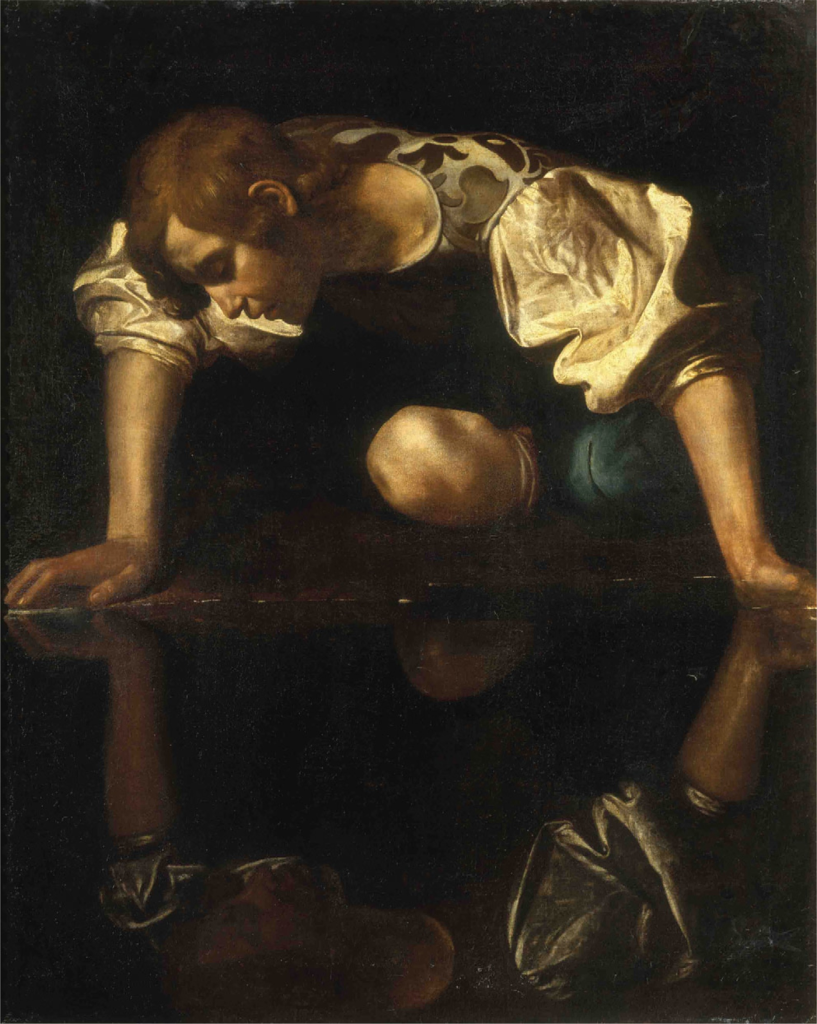
Exploring Auction Prices: Modern Art vs. Renaissance Art
The world of art auctions is a fascinating realm where masterpieces from different periods and styles command staggering prices, reflecting the intrinsic value and historical significance attached to these works. In this article, we’ll delve into the auction prices of Modern Art and Renaissance Art, examining the factors that influence their value and the trends observed in the art market.
Auction Prices of Modern Art: Modern Art, with its diverse range of movements and styles, has captured the imagination of collectors and enthusiasts around the globe. From the groundbreaking works of Pablo Picasso and Henri Matisse to the bold abstractions of Jackson Pollock and Mark Rothko, Modern Art encompasses a wide array of artistic expressions that continue to resonate with audiences today. At art auctions, prices for Modern Art can vary widely depending on factors such as the artist’s reputation, the rarity of the work, its provenance, and its condition. Iconic pieces like Picasso’s “Les Femmes d’Alger” or Rothko’s “No. 6 (Violet, Green and Red)” have fetched record-breaking sums, reaching into the hundreds of millions of dollars.
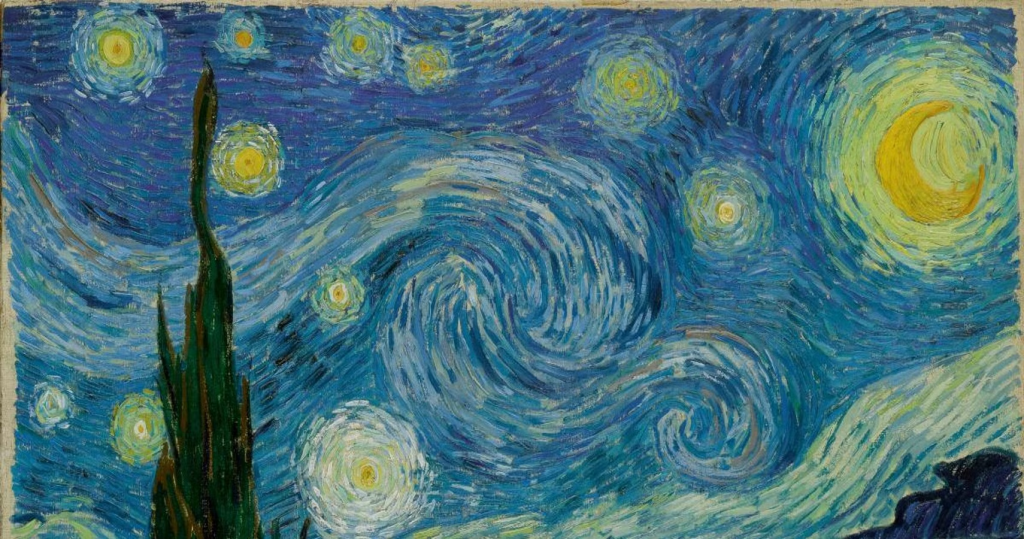
Auction Prices of Renaissance Art: In contrast, Renaissance Art represents a golden age of creativity and cultural flourishing in Europe, characterized by meticulous craftsmanship, harmonious compositions, and profound symbolism. Works by Renaissance masters such as Leonardo da Vinci, Michelangelo, and Raphael are revered for their technical skill and timeless beauty. Renaissance artworks, often depicting religious or mythological themes, hold a special place in art history and continue to command high prices at auctions. Pieces like da Vinci’s “Salvator Mundi” and Michelangelo’s “David” are among the most coveted and valuable artworks in the world, with prices reaching astronomical figures when they occasionally come to market.
Factors Influencing Auction Prices: Several factors contribute to the auction prices of both Modern Art and Renaissance Art. The artist’s reputation and provenance play a significant role, as works by renowned masters or pieces with prestigious ownership histories tend to command higher prices. Additionally, the condition of the artwork, its size, and its significance within the artist’s oeuvre can impact its value. Market demand, economic conditions, and trends in the art world also influence auction prices, with collectors and investors vying for prized pieces to add to their portfolios.
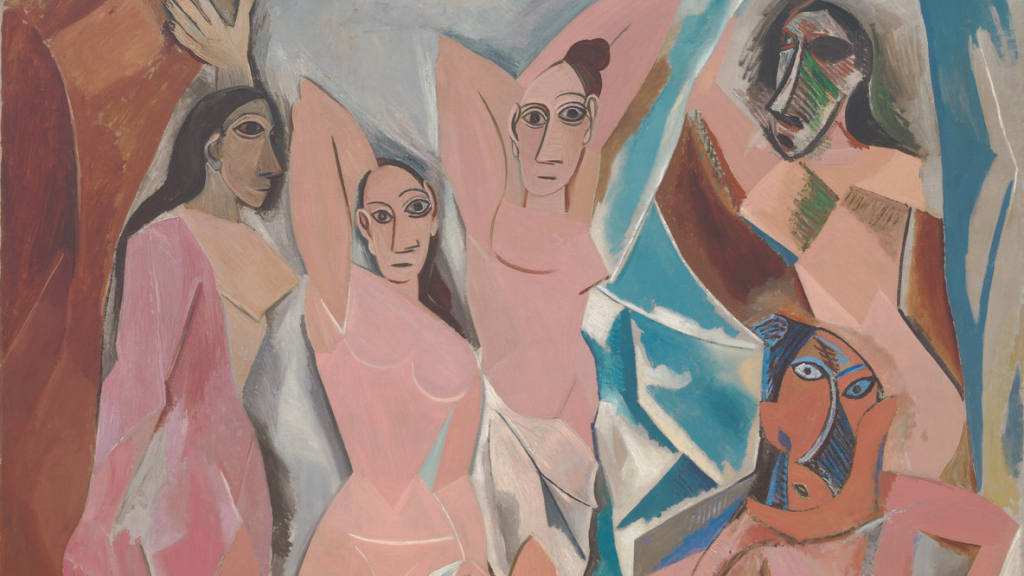
Art auctions serve as a barometer of the art market, reflecting the tastes, preferences, and investment behaviors of collectors and institutions worldwide. While Modern Art and Renaissance Art differ in style, period, and cultural context, they share a common allure that transcends time and geography. Whether it’s the avant-garde innovations of the modernists or the classical elegance of the Renaissance masters, art enthusiasts continue to be captivated by the beauty and significance of these timeless treasures, driving auction prices to unprecedented heights.
Determining the most collectible modern artists is subjective and can vary based on factors such as personal taste, art market trends, and the reputation of the artist. However, several modern artists have achieved widespread acclaim and consistently high demand for their work, making them highly collectible. Some of these artists include:
- Pablo Picasso: A pioneering figure in Modern Art, Picasso’s innovative approach to Cubism and his prolific output across various mediums have cemented his status as one of the most influential artists of the 20th century.
- Andy Warhol: Renowned for his Pop Art movement, Warhol’s iconic images of celebrities, consumer products, and everyday objects have become synonymous with contemporary culture, making his works highly sought after by collectors.
- Jackson Pollock: A leading figure in Abstract Expressionism, Pollock’s revolutionary drip painting technique and his exploration of subconscious expression have earned him a prominent place in art history and a dedicated following among collectors.
- Mark Rothko: Known for his large-scale color field paintings, Rothko’s emotive and atmospheric canvases evoke a profound sense of spirituality and contemplation, attracting collectors drawn to his minimalist yet powerful aesthetic.
- Jean-Michel Basquiat: Emerging from the New York City graffiti scene, Basquiat’s raw and expressive style, combined with his commentary on race, identity, and society, have made his artworks highly coveted by collectors seeking works with social and cultural relevance.
- Gerhard Richter: A versatile artist known for his diverse range of styles, Richter’s paintings, photographs, and abstract compositions exhibit a mastery of technique and a conceptual depth that resonates with collectors interested in contemporary art.
- Yayoi Kusama: With her immersive installations, vibrant paintings, and signature polka dot motifs, Kusama has become a global phenomenon, capturing the imagination of collectors drawn to her whimsical yet introspective creations.
- Damien Hirst: A controversial figure in the art world, Hirst’s provocative works exploring themes of mortality, consumerism, and the nature of art have garnered both critical acclaim and commercial success, making him a prominent figure in contemporary art collecting.
- Cindy Sherman: Renowned for her conceptual photography exploring themes of identity, gender, and societal norms, Sherman’s self-portraits challenge traditional notions of representation and have earned her a dedicated following among collectors of contemporary photography.
- Banksy: An enigmatic street artist known for his politically charged and subversive artworks, Banksy’s stencil graffiti, public interventions, and social commentary have captured the attention of collectors seeking works that blur the line between art and activism.
These artists represent just a fraction of the diverse and dynamic landscape of modern art, but their contributions have left an indelible mark on the art world and continue to inspire collectors around the globe.
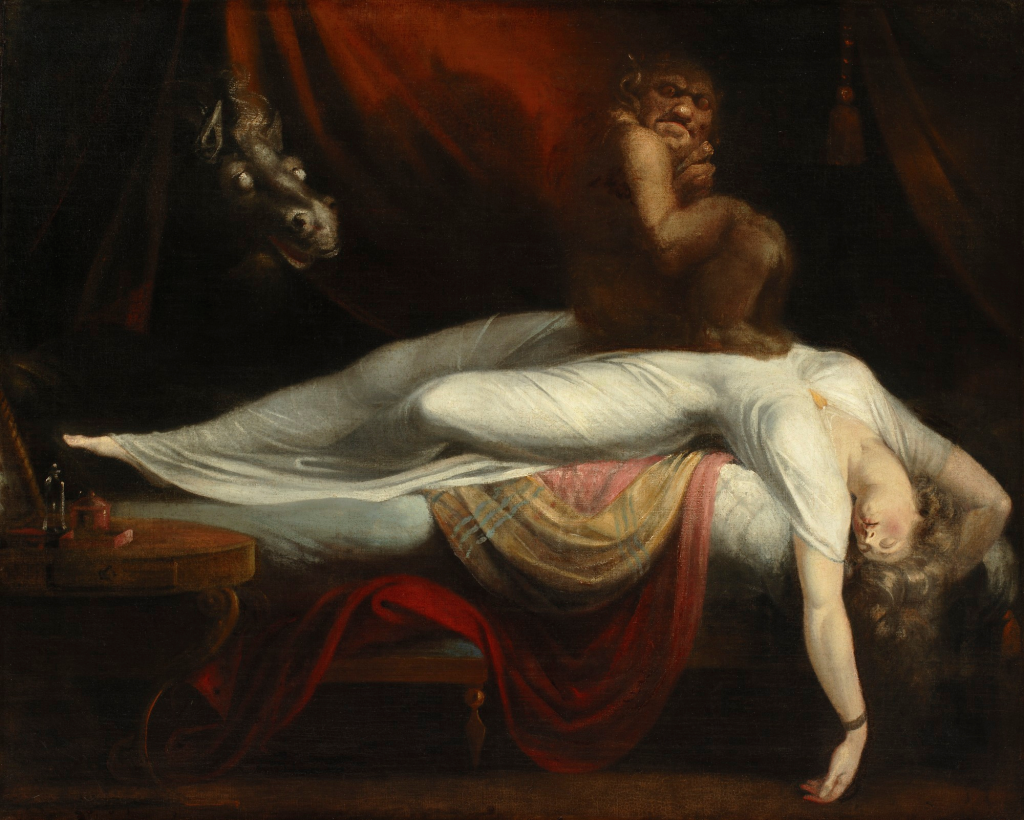
Collectors View
As the founder of the Knightsbridge Group, economist, and avid art collector, Shayne Heffernan holds a distinct appreciation for traditional art forms. However, it’s essential to clarify that this preference stems from personal taste rather than a dismissal of other artistic styles.
While Heffernan’s collection may lean towards traditional artworks, such as those from the Renaissance or Baroque periods, his admiration for these pieces doesn’t diminish the value or significance of modern or contemporary art. He recognizes the diversity and richness of artistic expression across different eras and styles, acknowledging the importance of each in shaping the cultural landscape.
For Heffernan, the appeal of traditional art lies in its timeless beauty, technical skill, and historical significance. These works often carry a sense of nostalgia and heritage, connecting viewers to the past and inviting contemplation of the human experience throughout history.
However, he also appreciates the innovation and experimentation found in modern and contemporary art, recognizing the boldness and creativity of artists pushing boundaries and challenging conventions. He understands that art is subjective and that each individual’s preferences are valid, encouraging an open-minded approach to exploring and appreciating diverse artistic expressions.
Ultimately, Heffernan’s passion for art extends beyond any specific style or period, driven by a deep-seated love for the transformative power of creativity and the ability of art to inspire, provoke thought, and evoke emotions across generations. Whether it’s a classical masterpiece or a cutting-edge contemporary installation, Heffernan embraces the diversity of artistic expression and celebrates the endless possibilities of the art world.
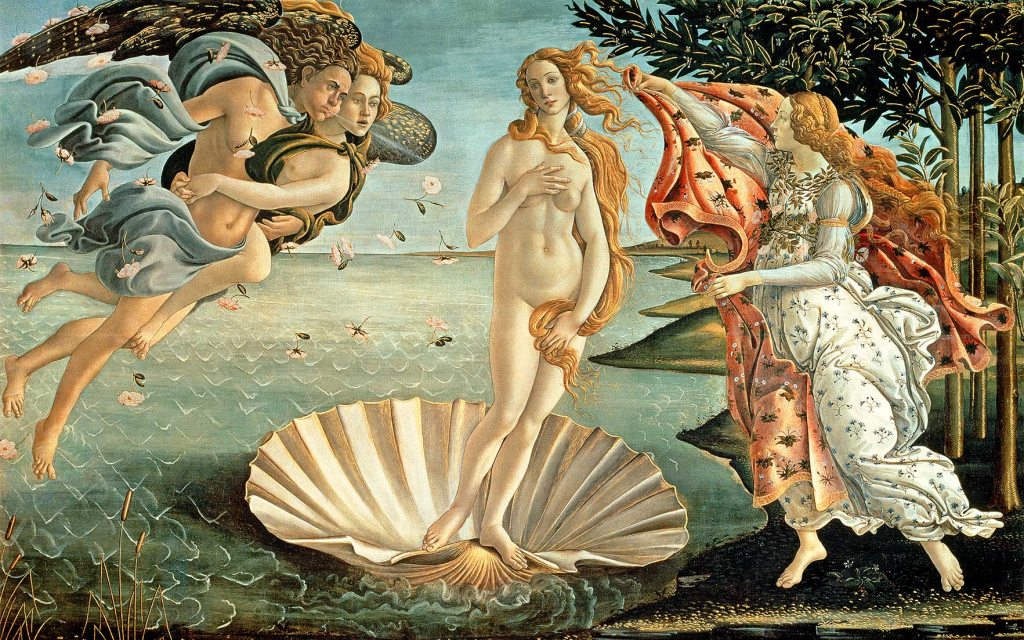
Exploring the World of Art: Best Museums for Modern and Traditional Art
Art enthusiasts, both seasoned and novice, often embark on journeys to museums worldwide, seeking inspiration, enlightenment, and a deeper connection to humanity’s creative spirit. Museums serve as cultural hubs, housing diverse collections that span centuries and continents, offering visitors a glimpse into the rich tapestry of artistic expression. Among the vast array of museums globally, some stand out as premier destinations for either modern or traditional art, showcasing masterpieces that captivate and inspire audiences.
Best Museums for Modern Art:
- Museum of Modern Art (MoMA) – New York City, USA: Renowned as a beacon of modernism, MoMA boasts an unparalleled collection of 20th and 21st-century artworks, featuring iconic pieces by Pablo Picasso, Vincent van Gogh, Andy Warhol, and Jackson Pollock. From abstract expressionism to pop art, visitors can immerse themselves in a diverse array of artistic movements and avant-garde creations.
- Tate Modern – London, UK: Housed in a former power station on the banks of the River Thames, Tate Modern is a mecca for contemporary art enthusiasts. With its striking architecture and dynamic exhibitions, the museum showcases works by international artists, including Mark Rothko, Louise Bourgeois, and Yayoi Kusama, pushing the boundaries of artistic innovation and experimentation.
- Centre Pompidou – Paris, France: A modernist marvel in the heart of Paris, Centre Pompidou is renowned for its radical architecture and groundbreaking collection of modern and contemporary art. From surrealism to kinetic art, the museum’s vast holdings encompass works by Henri Matisse, Marcel Duchamp, and Joan Miró, offering visitors a journey through the evolution of modern art.
Best Museums for Traditional Art:
- The Louvre – Paris, France: As the world’s largest art museum, the Louvre is a treasure trove of classical and Renaissance masterpieces, spanning millennia of artistic achievement. From Leonardo da Vinci’s “Mona Lisa” to Michelangelo’s “The Dying Slave,” the museum’s vast collection showcases the pinnacle of Western artistry and craftsmanship.
- The Metropolitan Museum of Art – New York City, USA: With its extensive collection of European paintings, sculptures, and decorative arts, The Met is a sanctuary for aficionados of traditional art. From ancient Egyptian artifacts to Baroque masterpieces by Caravaggio and Rembrandt, the museum offers a comprehensive survey of artistic traditions from around the globe.
- Uffizi Gallery – Florence, Italy: Nestled in the heart of Florence, the Uffizi Gallery is a testament to the city’s rich artistic heritage during the Renaissance period. Home to works by Botticelli, Raphael, and Titian, among others, the museum’s opulent halls transport visitors to a bygone era of artistic brilliance and cultural splendor.
Whether you’re drawn to the bold experimentation of modern art or the timeless beauty of traditional masterpieces, these museums offer immersive experiences that celebrate the richness and diversity of human creativity. From the avant-garde to the classical, these institutions serve as guardians of artistic heritage, inviting visitors to embark on a journey of discovery and enlightenment through the wondrous world of art.


